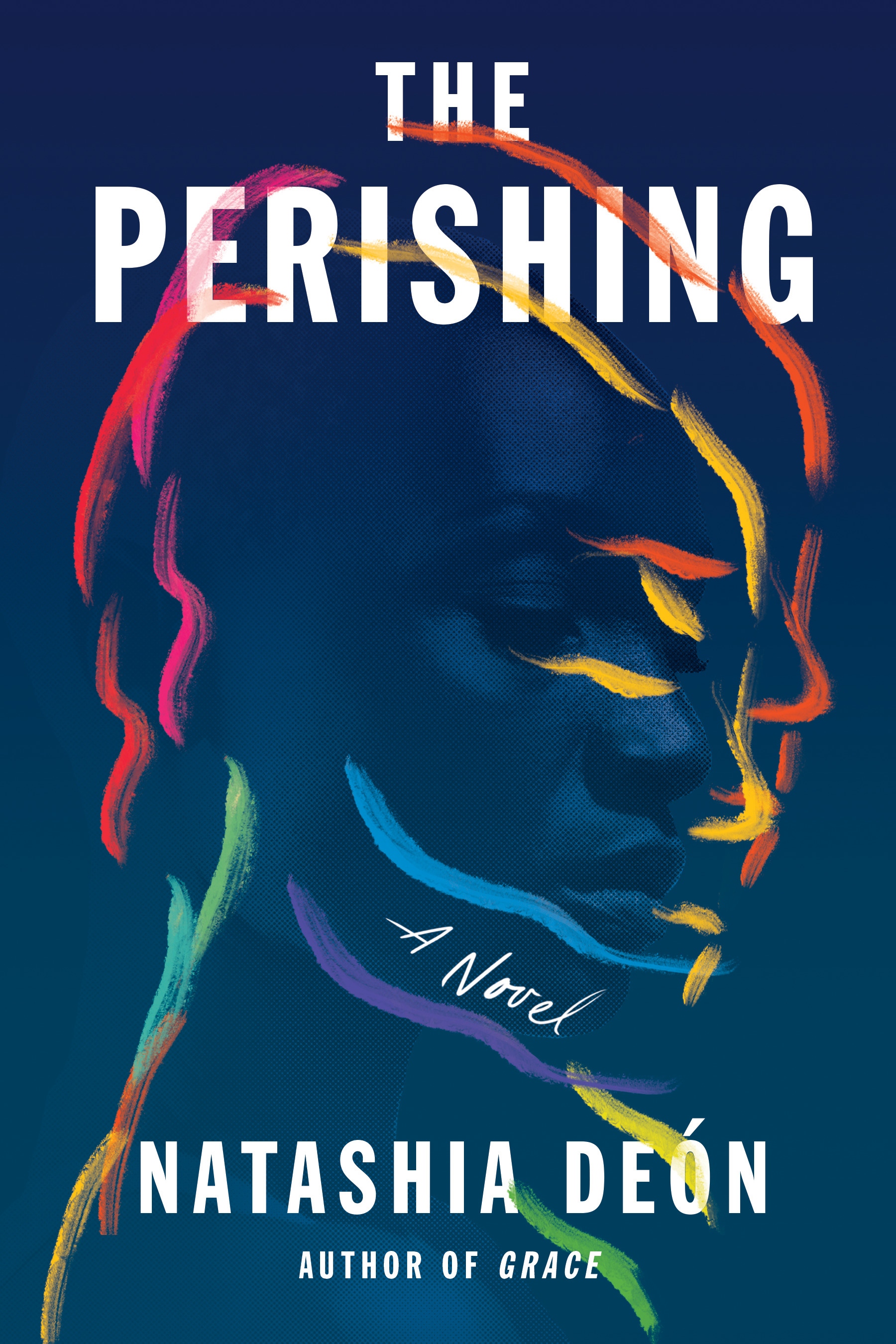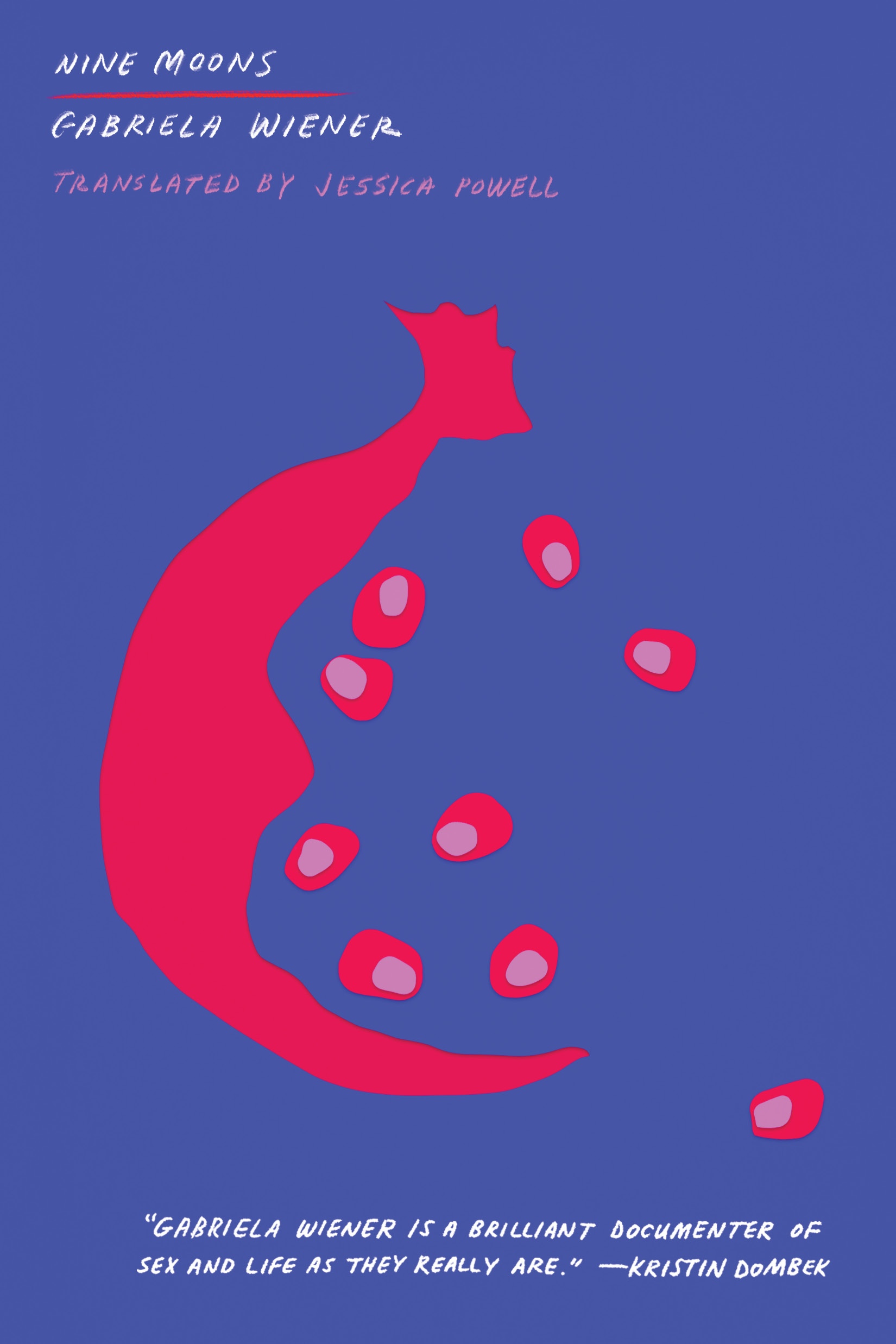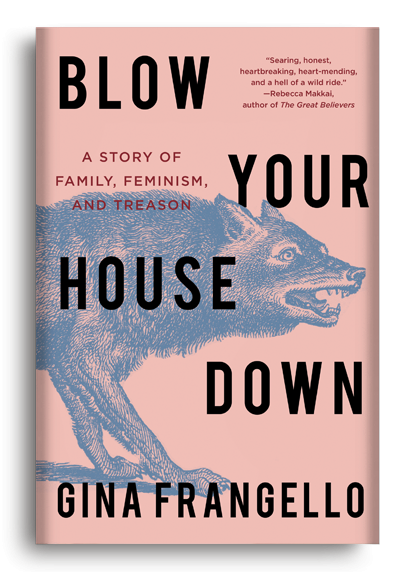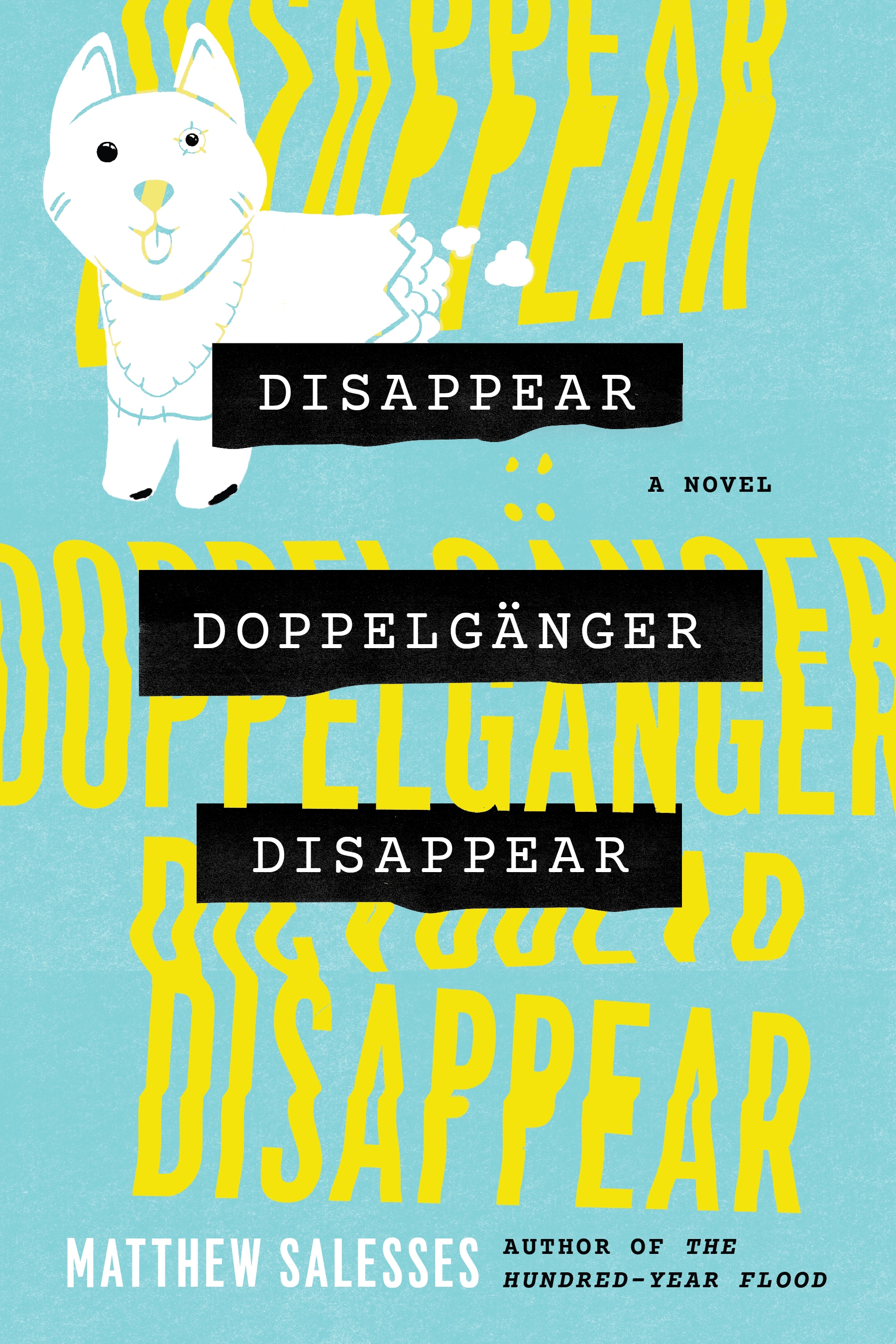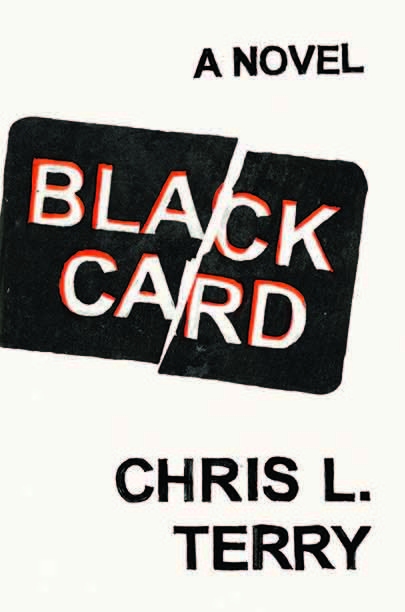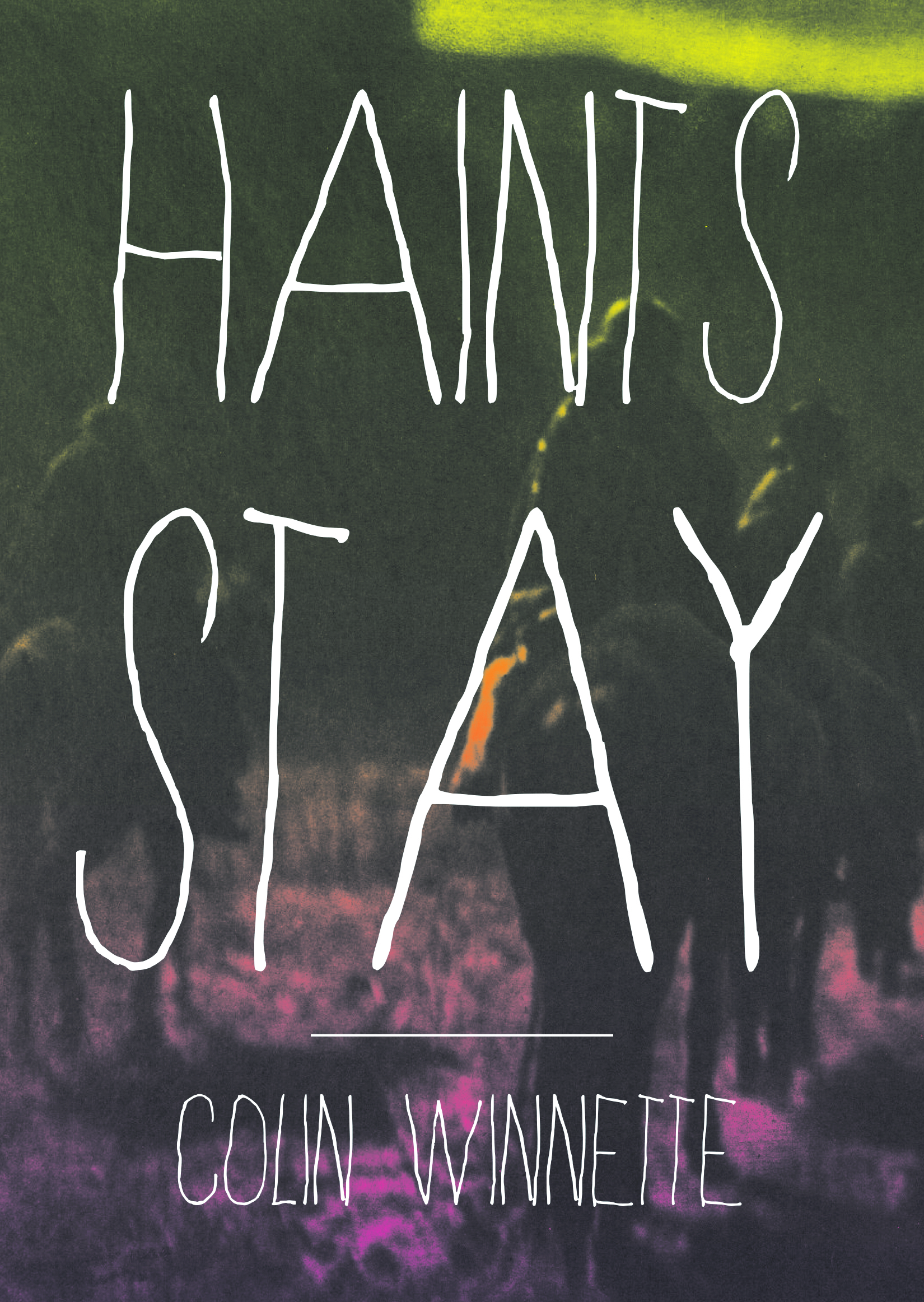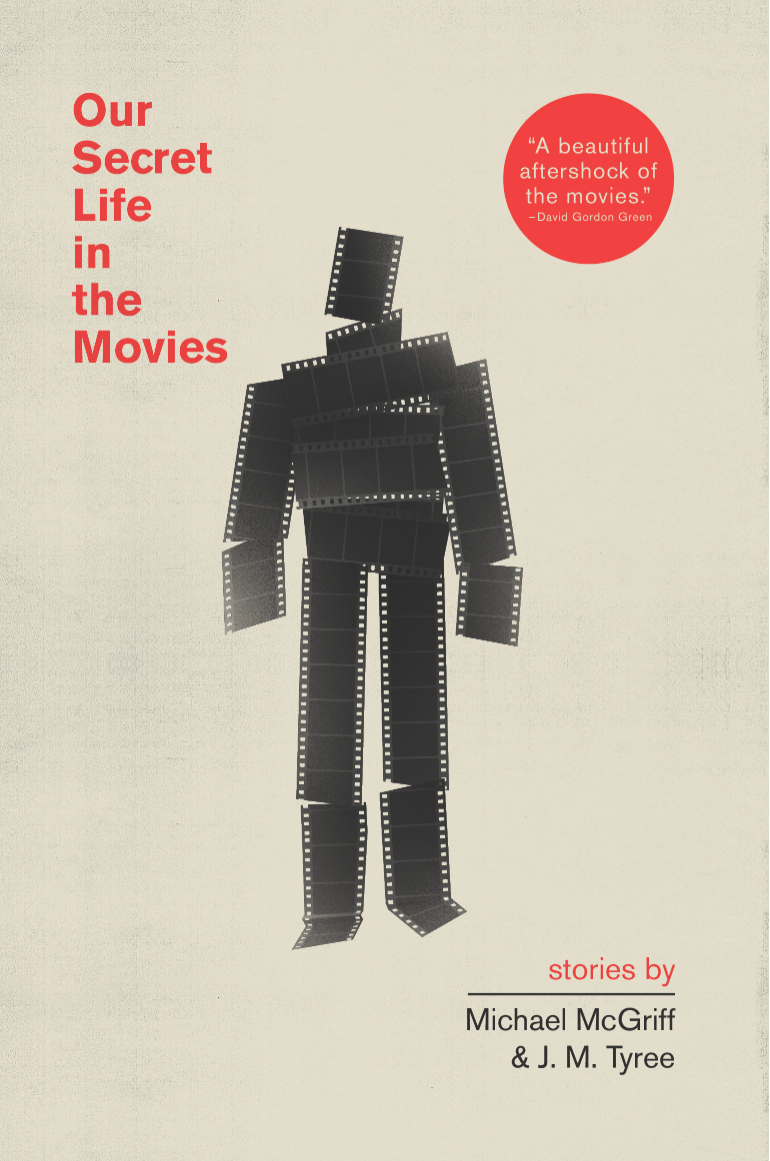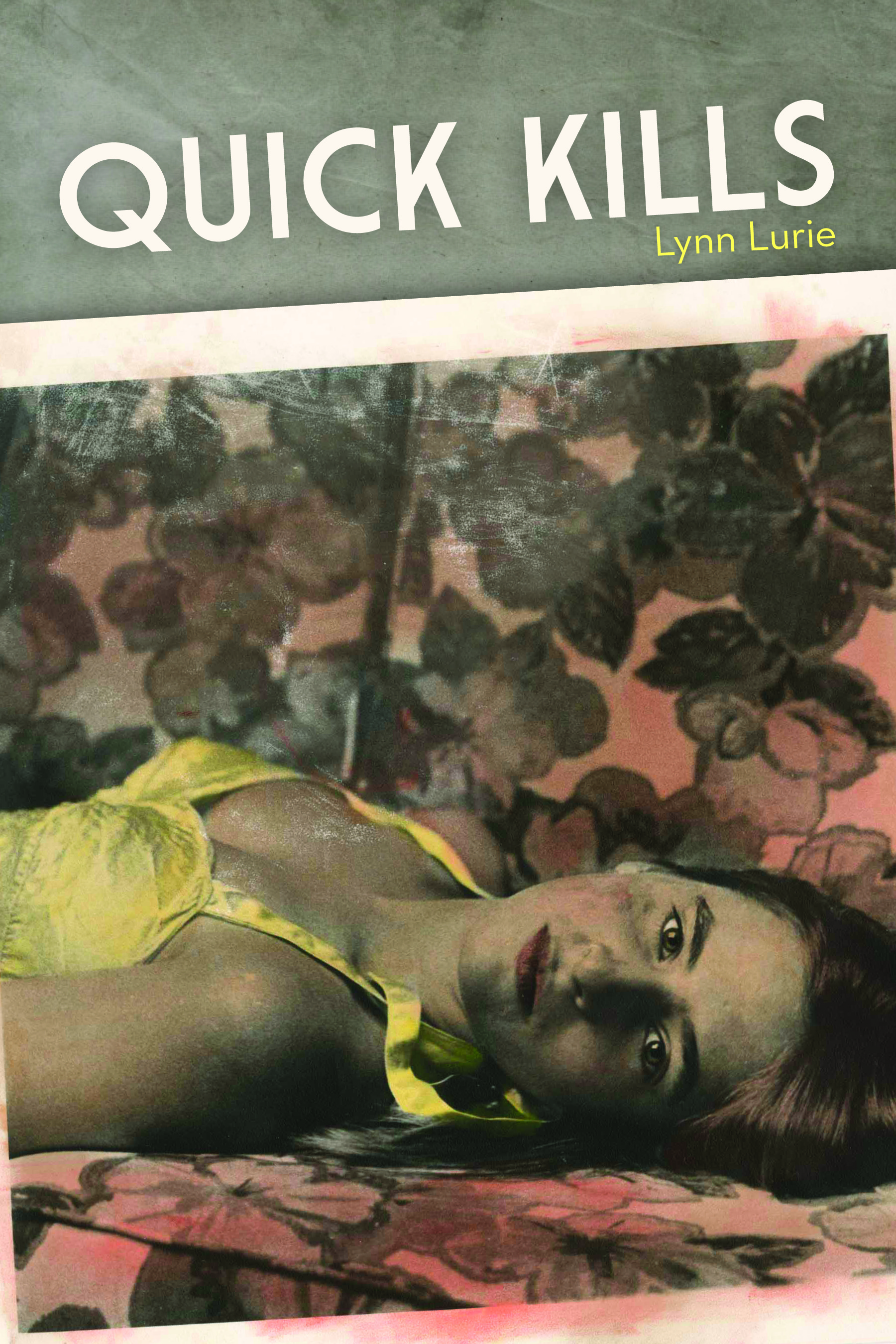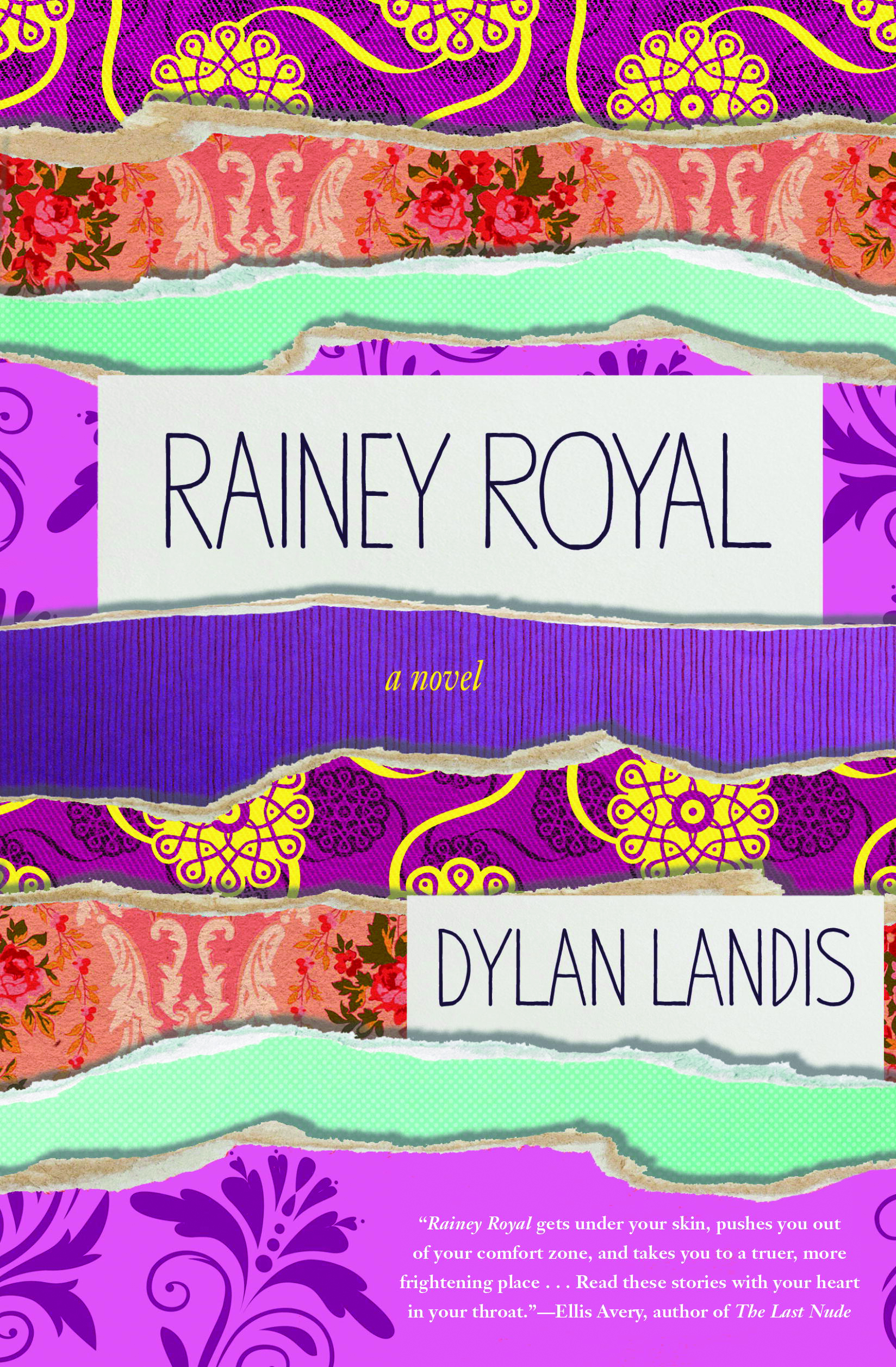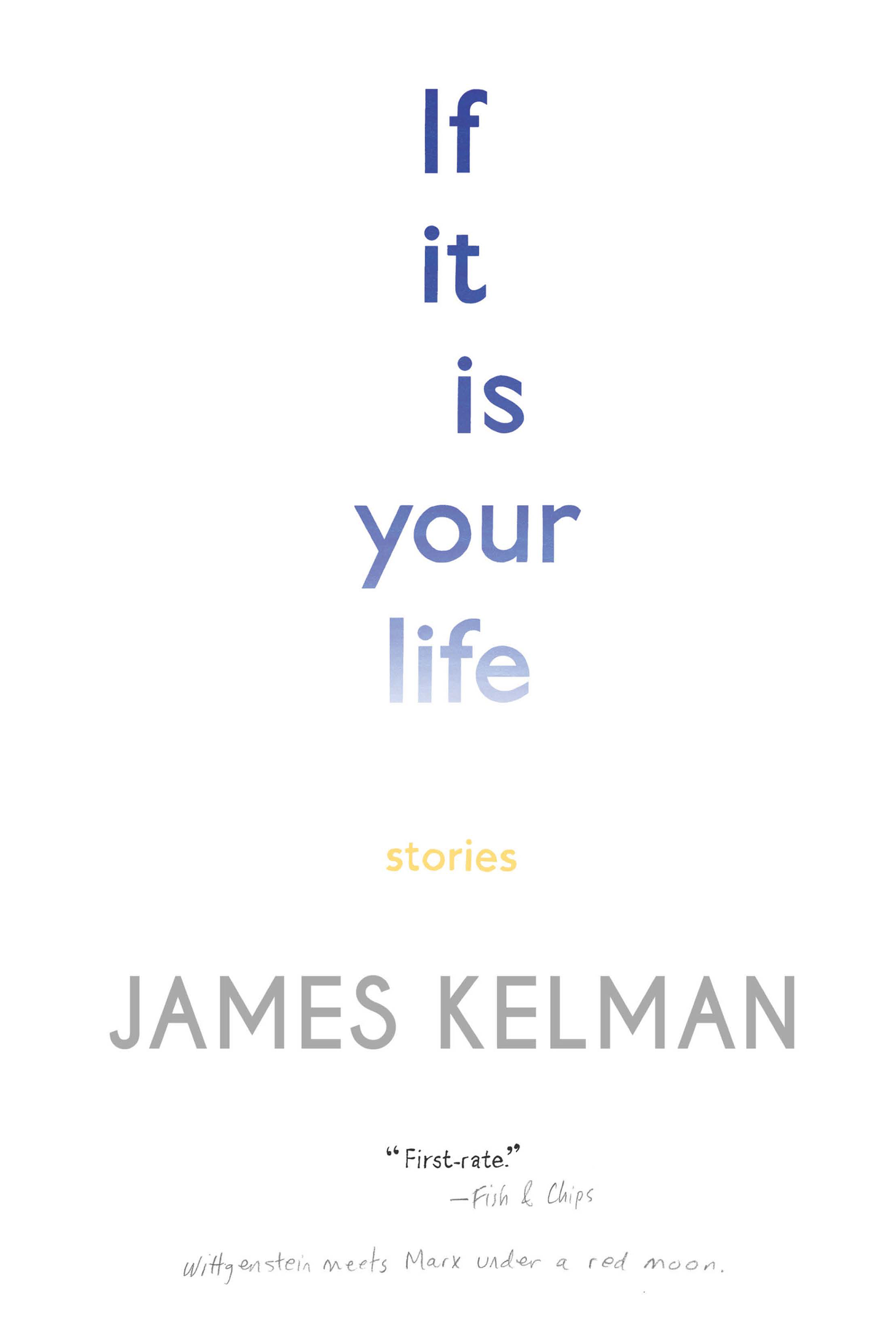Small Plates
an excerpt from
A Woman, a Plan, an Outline of a Man
by Sarah Kasbeer
Editor’s Note
There’s a moment anyone who’s ever read submissions for a literary magazine hopes to have. It’s that moment of awe, of sea change, of feeling like you’ve discovered a distinctive voice and you know—just know—their work is going to imprint itself on the readers who come to it and, quite likely, reframe their view. I had one of these lucky moments back in 2014, when Sarah Kasbeer sent her essay “Via Milan” to us during an open submissions period. Nimble prose coupled with an electric and refreshing voice made me sit up a little straighter, and I remember the immediacy with which I wanted to publish her work. Moving through the narrative, I even laughed out loud during a few key moments, which, as I wrote to Kasbeer at the time, felt huge considering my “cold, dead, lifeless” heart (a joke then and still, I promise).
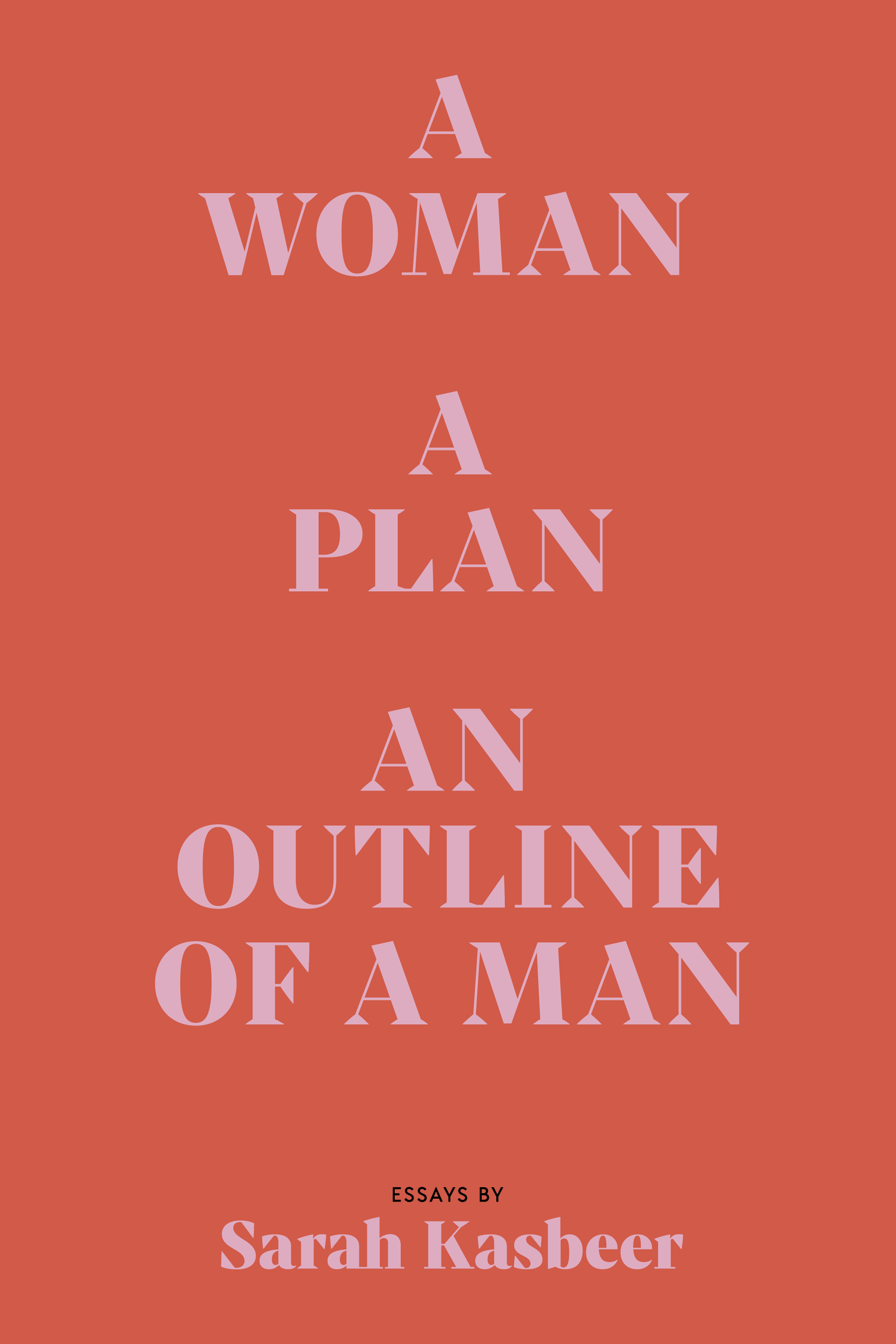
Kasbeer is a writer who does that to you: she makes you feel. She impresses upon you. She moves you past your surroundings and into her own, bringing you level with her and inviting you to fully sit inside the moments she’s uncovering. Her debut essay collection, A Woman, a Plan, an Outline of a Man (now available from Zone 3 Press), is a deep exercise in this kind of transportive and transformative writing. It’s a travelogue of sorts, not only through a variety of locations—swimming pools, shooting ranges, therapists’ offices, elephant sanctuaries—but a spectrum of emotions. What is so admirable about Kasbeer’s essays are their unwavering ability to remind us of our humanity in all its forms: not only the good and the bad, but the uncertain—those interstitial spaces where we negotiate our relationship to ourselves and others. She’s a master at this, and A Woman, a Plan, an Outline of a Man is a brilliant collection, unafraid to make a reader smile on one page, then bust up their heart completely on the next.
If this excerpt is the first time you’re reading Sarah Kasbeer, welcome. I hope it fills you with that same glow I felt years ago, and I hope it pushes you to seek out her book and her other work. You’ll have a lot of wonderful reading ahead of you.
—Rebecca Rubenstein, Editor-in-Chief
One Man’s Trash
Laurenz was the kind of man who owned bearskin rugs—with the heads still attached. I looked one of them squarely in the eye as I waited in his Manhattan apartment for a $5,000 sofa to be delivered from Italy. After it arrived, I checked his floorboards to ensure the deliverymen hadn’t left any footprints or scratches, packed up the cardboard, winced at the flattened bear carcasses, and then, like a good assistant, took his recycling out to the curb.
He was the creative director for several European fashion magazines, based remotely out of a boutique design studio in New York City. In exchange for his name on the publications’ mastheads, he chose the cover models, what they wore, and how they would be photographed—usually sprawled out somewhere on a black sand beach in the Canary Islands.
As his assistant, I influenced whether his guests would receive their coffee in a timely manner, where his driver would pick him up, and what kind of toilet paper to buy for the office. As part of my duties, I had to be ready at any moment for him to call me with an urgent request for a helicopter to pick up a client on set in Montauk—or for directions to a restaurant in Geneva and to “pronounce it like it should sound in French.”
An awkward Midwestern transplant in my mid-twenties, I was hoping the job would be my entrée into the behind-the-scenes world of magazine production. The Craigslist ad I answered had stipulated: “Design Studio with Luxury Advertising and Editorial Clients Seeking Assistant to Busy Creative Director.” In a screening interview with the business manager, an example task she presented me with was ensuring that Mr. Dolce and Mr. Gabbana in Milan receive their flower arrangements in a timely manner—and that the flowers reflect the proper aesthetic of the studio. Apparently, the last assistant had failed at this task.
“Laurenz is a brilliant creative director,” she said. “But very particular.”
Alarm bells were going off in the back of my head, but I tuned them out and chose instead to think about how I’d be on a first-name basis with the florist and the clients in no time. I imagined myself twirling around in a leather office chair while making important phone calls.
“Vittorio, I need something striking for Miuccia!”
My ballooning dream world was punctured by another red flag when I found out that the person I would deal with in my day-to-day was only willing to give up five minutes to meet with me before offering me the job. But I shoved my inklings down into the pit of my stomach—near where I kept worries about credit card debt and the need for catastrophic health insurance.
A distinguished blonde man in his forties, Laurenz had the sort of old-world charm that came with vintage timepieces, expertly tailored wool suits, and a thick Austrian accent. He was definitely the most tastefully styled heterosexual man I’d ever encountered. Though I knew he was married, I found the way he looked right through the women in his office, including me, to be both comforting and a little disturbing.
Maybe it was his job; staring at photos of supermodels all day had rendered him immune to women who were anything less than dazzling in appearance. Other evidence suggested he might be a psychopath. What he lacked in empathy, he made up for in eccentricity, a trait that is often confused with “creative genius,” creating a permission structure for its owner to remain completely untethered to reality. In the three years I worked for him, I saw him eating only once, when he walked into the office on a summer day wearing overalls with ticking stripes, wide-eyed and clutching a red Popsicle.
Laurenz was a busy man who split his time between New York and Europe. Often, our encounters occurred via raging emails about his travel arrangements. He would ask me to make calls on his behalf requesting special last-minute accommodations. Let’s say he wanted a free upgraded seat on his flight in row one or two of first class, and by the way, he’s running late so you’ll have to hold the plane.
“Sorry,” his travel agent once told me. “I tried that once for Kate Moss.”
I found that the biggest problem with asking for favors for Laurenz was that, as far as I could tell, no one seemed to know or care who he was—a fact that never quite seemed to sink in for him. I didn’t mind the creative challenge of talking him up so much as the discomfort of slowly backing away from his desk after delivering the news that my attempts had failed.
Such efforts included begging for him without shame, especially when it came to tasks like nabbing him a seat at the Celine show during Paris fashion week. Effectively managing Laurenz’s fashion show agenda should have resulted in multiple restraining orders against me. Each season, I became an intercontinental stalker, systematically emailing, calling, and texting all of the publicists in America and Europe until I received an answer about whether they could give him a seat at their show, and cringe—please not farther back than the third row.
We could never speak of the time he was seated next to Sasha Baron Cohen, who was masquerading as “Brüno from Austrian Gay TV” for his 2009 movie.
If the answer was no, Laurenz would pull out the magical cell phone number of the person in charge, and when I finally got that person on the phone, he or she would let out an exasperated sigh followed by, “I’ll see what I can do.” Once, I learned even Kanye had been turned away at the door to a show I’d gotten Laurenz into, and I finally understood the true meaning of the word schadenfreude.
Of course, it didn’t always work out this way, since fashion people have different ideas of who is important. The industry selects its image-makers carefully—or fickly, depending on who you ask. “I do not invite the Art Director of American Vogue,” one French publicist told me through her caramel accent, “Why on earth would I invite your boss?” Look, lady, I just want to go home and watch The Wire on Netflix, so the sooner we stop talking about this, the sooner I can be reprimanded and call you back.
When performing menial tasks over and over, I’ve found it’s best to make up some kind of fake challenge to pass the time. I learned this at my first job at fifteen back in Illinois. I wasn’t legally old enough to work for minimum wage, so I made something like $4.75 an hour after school working as the fry girl at McDonald’s in a red visor and pleated polyester pants. I have not forgotten how the pants sounded, the swooshing of polyester as I cut strategically through the back alleys on my way to work.
To pass the time, I made a game out of the fry grill, scooping the fries into their red greasy buckets and lining them up: five in the back row, four in the middle, three in the next. I created a pyramid that I would challenge myself to keep full, no matter how fast the salty sticks flew off my triangular production line.
I’m certain that my formative years as a fry girl contributed to my later-in-life affinity for the luxury business: I secretly hoped that an embossed leather Prada bag would un-emboss the golden arches from my soul.
It turned out that the mental coping skills I’d acquired while working at McDonald’s paid off in my professional endeavors. While straightening up Laurenz’s library a decade later, I invented a similar game: I’d guess how many vintage issues of Harper’s Bazaar Paris would fit on one shelf and then line them up to test my theory. Sometimes I’d mix it up and stagger book spines by color or stack them in order of height.
Once, while standing on a stepladder, I noticed two giant black garbage bags behind a stack of dusty, ’70s photography books. As part of my office-organizing duties, I was supposed to label everything using a system; e.g., BOOK_VINTAGE NUDES.
I pulled one of the garbage bags toward me as a layer of dust cascaded downward. When I opened it, I felt what one never wants to feel when voluntarily sticking one’s hand into a dark container: furry things. The bag was filled with foxtails—with partial skins still attached. I could tell by the soft, bouncy feel of the second that it contained the same. There must have been at least fifty of them. I nearly toppled over the ladder and had to collect myself before proceeding with the label maker. I began to type C-A-D-A-V-E-R-S_F-O-X.
“You have to apologize,” said Natasha, a six-foot German project manager with dark hair and olive skin who bossed me around while Laurenz was away—and sometimes when he was there. He spoke English but occasionally would prefer to bark orders in German, and then have her translate them to me. Like most of the studio’s designers from across the pond, she was there on an H-1 or “special ability” visa, which if indeed was legitimate, I speculated must have had something to do with angry-typing. People in administrative jobs rarely have irreplaceable skill sets.
“What am I apologizing for again?”
I already knew the answer. Laurenz had been on the way back from a photo shoot in Morocco, and apparently the airline had made a mistake and not listed his name on the flight manifest. This was particularly strange because I’d gone out of my way to confirm his ticket with the travel agent and sat on hold with Royal Air Maroc for an hour just to ensure he got an aisle seat.
“The inconvenience that this caused him,” Natasha continued.
I envisioned poor Laurenz in the first class line, twirling his blonde beard and then beating his angry fists on the counter.
“So that he won’t think you’re incompetent,” the studio’s business manager whispered to me. I began to type:
Dear Laurenz, I’m terribly sorry for the inconvenience. I double confirmed with the travel agent and airline, but they must have made a mistake and will refund the money you paid at check-in. I will do everything in my power so that this doesn’t happen again.
Apologies,
Sarah
When I hit send, I could feel a piece of my soul traveling with it—in coach.
The worst thing about making thirty thousand dollars a year in New York City as an assistant at a small company is watching the boss use his company credit card like a personal ATM. Five hundred dollars at Il Buco. Seven hundred at Yves Saint Laurent. Two hundred and fifteen euros in the Flughafen (airport) shops in Vienna. At some point, I decided to even the score.
It started small—I would order multiple tins of coffee from Illy and take one of them home. He owes me, I’d think while sipping my over-roasted yet reassuringly Italian espresso. A box of tampons there, a bag of dishwasher packs here—what was the harm? No one would ever notice that I was skimming off the office supplies because I was the only person who kept track of them. I started carrying an extra bag when I went to the Duane Reade.
I worked every night until eight, sometimes just to wait for a designer to finish layouts so I could hand-carry the printouts to FedEx. It wasn’t the long hours or low pay that really bothered me—although, if you had asked me at the time, I would have said, “the long hours and the low pay.” Not to mention the myriad of personal tasks that cropped up at all hours of the night, from the banal to the bizarre, like calling every resort in Tulum because Laurenz’s wife wasn’t happy with the one he chose—or overnighting a book from Amazon titled How to Teach Your Baby to Be Physically Superb.
But by far the most humiliating charge was when he made me send an email to the entire office explaining the raison d’être of a toilet brush. I may have been lucky to have a job, but I paid for it in sleepless nights, depleted self-esteem, and the constant anxiety of being tethered to my boss through an iPhone.
He owes me, I thought as I absconded with an external hard drive. I knew he padded his bill with clients, so I figured, why shouldn’t I pad mine with him? Bad behavior, it turns out, can easily become contagious.
